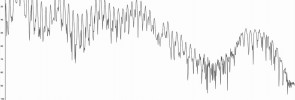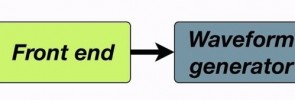
Token passing is a really nice way to understand (and even to implement) Viterbi search for Hidden Markov Models. Here we see token passing in action, and you can look at the spreadsheet to see the calculations. To keep things simple, we are ignoring transition probabilities in this example. It would be simple to add them […]
Continue reading...



